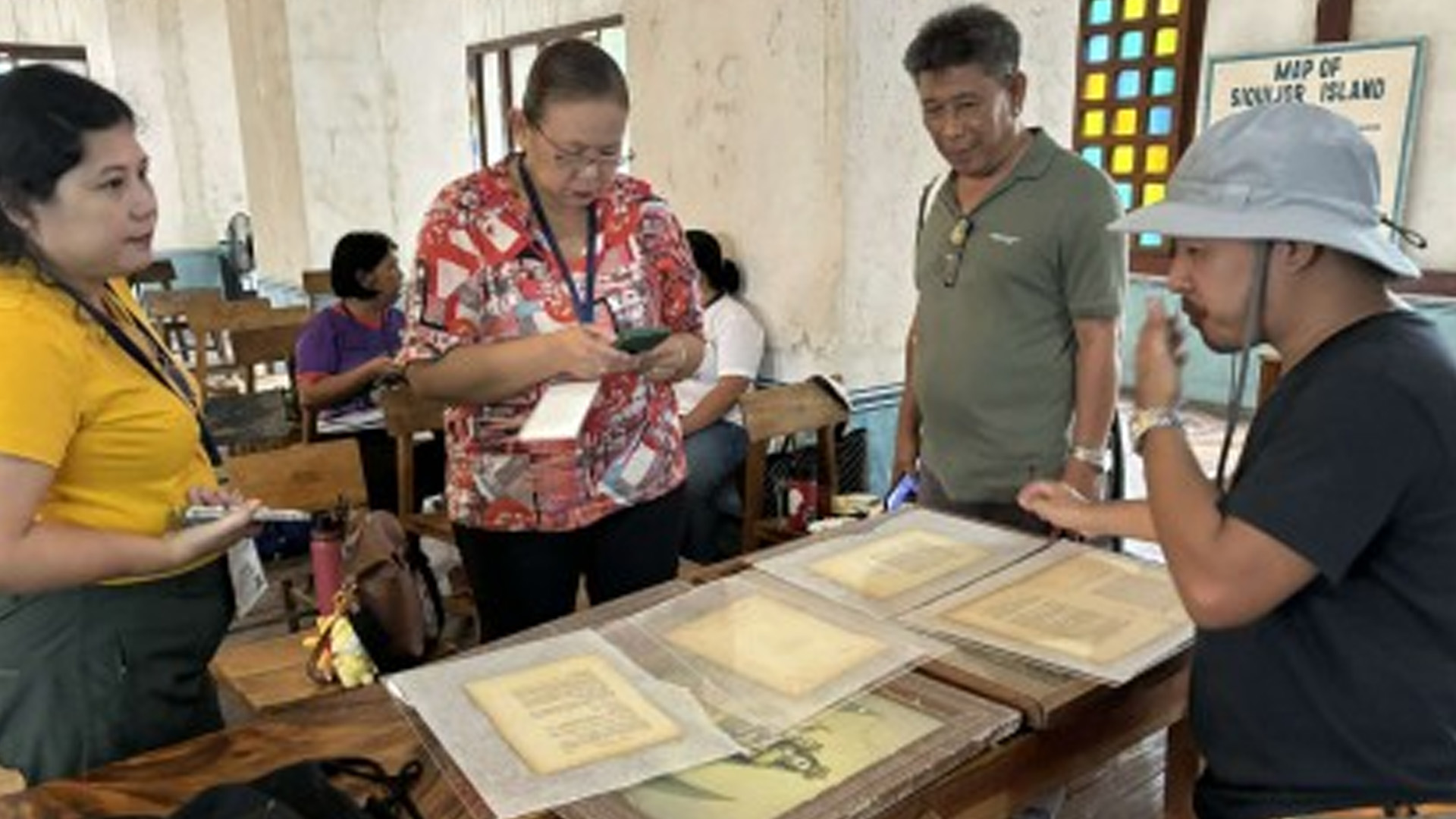A conservator of the National Historical Commission of the Philippines (NHCP) has called on government agencies, local government units, and other institutions to prepare a disaster risk management plan for heritage sites and assets.
Richard Baula of the NHCP’s Materials Research Conservation Division highlighted the importance of disaster risk reduction in the conservation not only of historical buildings but also documents, photos, and other objects that have historical value or those that reflect tradition, which may be at risk of getting lost during disasters.
“The concept of disaster management in the cultural sector is relatively new even in other countries that have seen the need for its integration in disaster preparedness to protect heritage properties,” Baula said in mixed Filipino and English in an interview Friday.
“Some sectors are proposing to give proper recognition of the cultural sector, including the tourism sector, in disaster management laws because these are significant drivers of the economy.”
He said institutions need to adopt a three-phase disaster management plan, to be implemented before, during, and after disaster strikes.
Identifying the risks before a disaster occurs leads to prevention and mitigation, which costs less compared to restoration work when heritage objects are damaged, for instance, during earthquakes or floods, he said.
Once these risks are determined, corresponding responses must be drawn up, Baula said.
Citing an example, he said vulnerable heritage structures should be reinforced and artifacts must be protected from harmful elements, such as rain, chemicals, the environment, and pests like termites.
Baula emphasized that during the onslaught of a disaster, human safety must come first before moving or trying to save heritage objects.
When opportunity allows the saving of artifacts, proper handling must be observed during their transport to safe storage places, he said.
At times, he said, more damage is done to valuable heritage objects due to improper or lack of training in handling such items.
This is why, Baula said, the NHCP is focused on preventive conservation.
“Mitigation or having less damage to a structure or an object is less costly than restoration as the latter requires funding, specific skills, and expertise,” he said.
Paying attention to weather advisories will also help heritage workers prepare for an imminent disaster, although some cannot be predicted, such as earthquakes, he said, recalling the magnitude 7.2 earthquake that leveled or damaged several centuries-old churches in Bohol on Oct. 15, 2013.
Restoring these churches required a lot of funding and expertise from both the government and the private sector, he added.
“It is also important to have a floor plan or layout of the heritage objects for easy evacuation during disasters. Post-disaster measures include damage assessment, recommendations for restoration, fund sourcing, and bringing in highly skilled conservation experts,” Baula said.
Restoration is the most difficult work in conservation efforts, he said, as protocols and guidelines need to be followed to prevent further damage to a heritage site or object.
As part of its mission, the NHCP conducts “Conservation Goes to the Province” seminar workshops across the country, usually every August in celebration of History Month.
In these seminar workshops, NHCP conservators share their knowledge on identifying, managing, protecting, and conserving heritage assets.
On Aug. 5-9, they held sessions on museum curatorship to help those running the convent museum in Lazi, Siquijor, as well as Siquijor’s provincial government, which plans to convert the old Capitol building into a repository of cultural heritage assets. (PNA)









